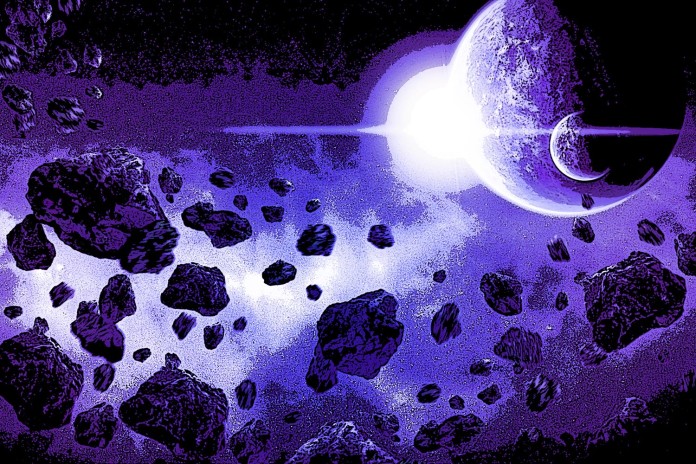
NASA will be announcing new science and technology missions for the first flight of Space Launch System. China, Russia, and ESA are still focused on the moon. NASA TV will be airing the revelation on February 2nd.
The Agency Will Announce the CubeSats for SLS
The Marshall Space Flight Center in Huntsville, Alabama, will host the announcement of the CubeSats that will be flying as secondary and deployed for experimentation in deep space. After the broadcast, NASA TV will be airing footage of the Near-Earth Asteroid Scout (NEA Scout for short). This CubeSat uses solar sail propulsion for lower cost exploration and re-encounter of an asteroid.
NASA’s Plans to Get to an Asteroid and Mars
The staff participating in the demonstration are: Dava Newman, NASA Deputy Administrator; Todd May, Marshall Space Flight Center director and Bill Hill, deputy associate administrator for Exploration Systems Development at NASA HQ. It also features Michael Seablom, chief technologist on the agency’s Science Mission Directorate at the agency’s HQ and Jim Cockrell, Cube Quest program administrator at NASA’s Space Technology Mission Directorate at the Ames Research Center. Other cast members include Jitendra Joshi, technology integration lead for the Advanced Exploration Systems Division at NASA HQ. The demonstration will also feature Chris Crumbly, manager of the SLS Spacecraft and Payload Integration and Evolution Office; Leslie McNutt NEA Scout project manager and Les Johnson, NEA Scout solar sail principal investigator.
There will be a short Q&A with media after the event. The SLS and Orion Spacecraft will be showcasing the agency’s potential for deep space missions. These missions will take NASA to an asteroid, and to Mars. Furthermore, the SLS will be carrying 13 CubeSats, which will carry out separate experiments for the agency. The goal is to find ways for humans to get deeper into space.
Realistic Expectations for the SLS Program
NASA already delayed one of the SLS flights. In fact, the schedule as a whole is very vague. The date for the first manned flight is September 30th, 2018. A second one only has a tentative date. The main problem with this initiative is that the agency’s budget might not be able to cover everything. The agency’s budget for 2016 is $19.3 billion, and developing the SLS is estimated to cost $18 billion through 2017.
China, ESA, and Russia Stick to the Moon
China CNSA is focused on sending an unmanned probe to Mars. They are also having a narrower focus on the moon. This is much like Russia’s Roscosmos, who is looking into building a colony on the moon. This would be a part of a partnership with ESA. This is a wonderful collaboration between Europe and Russia.


















